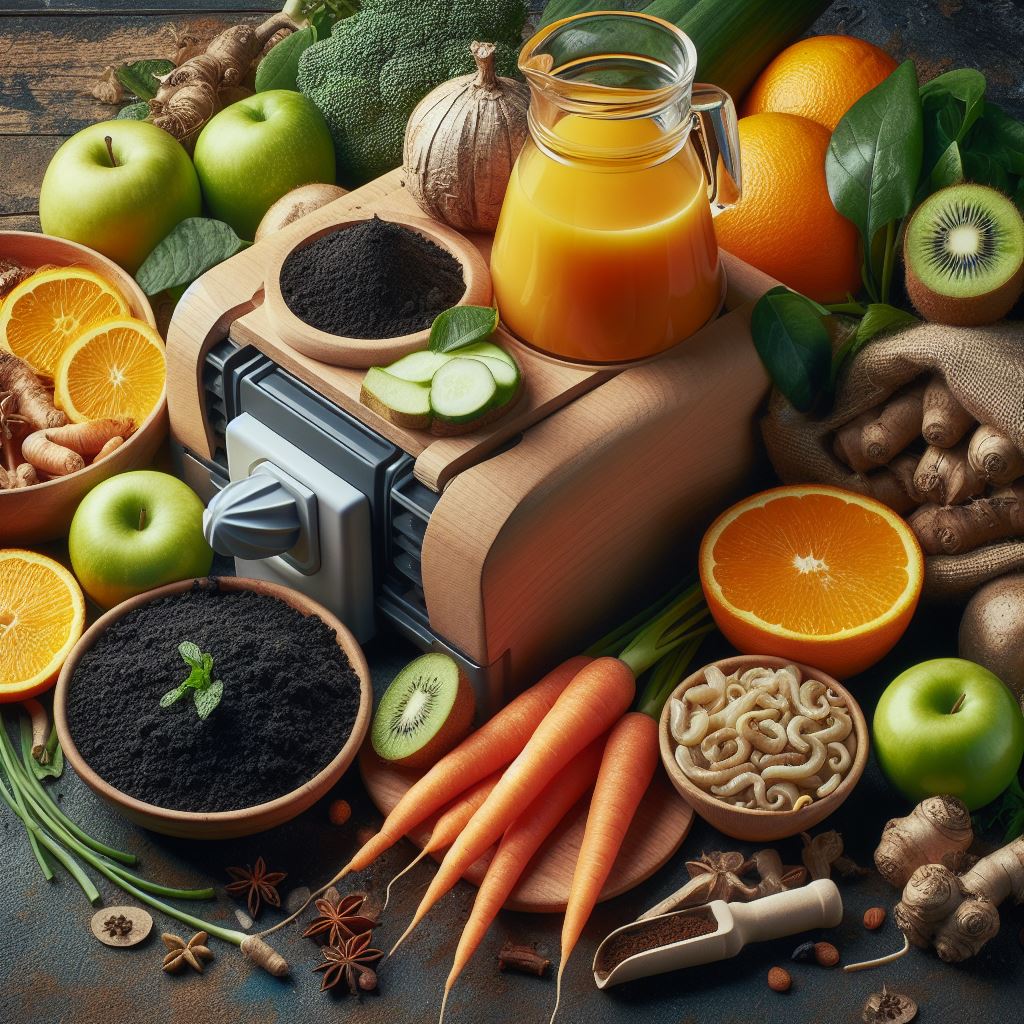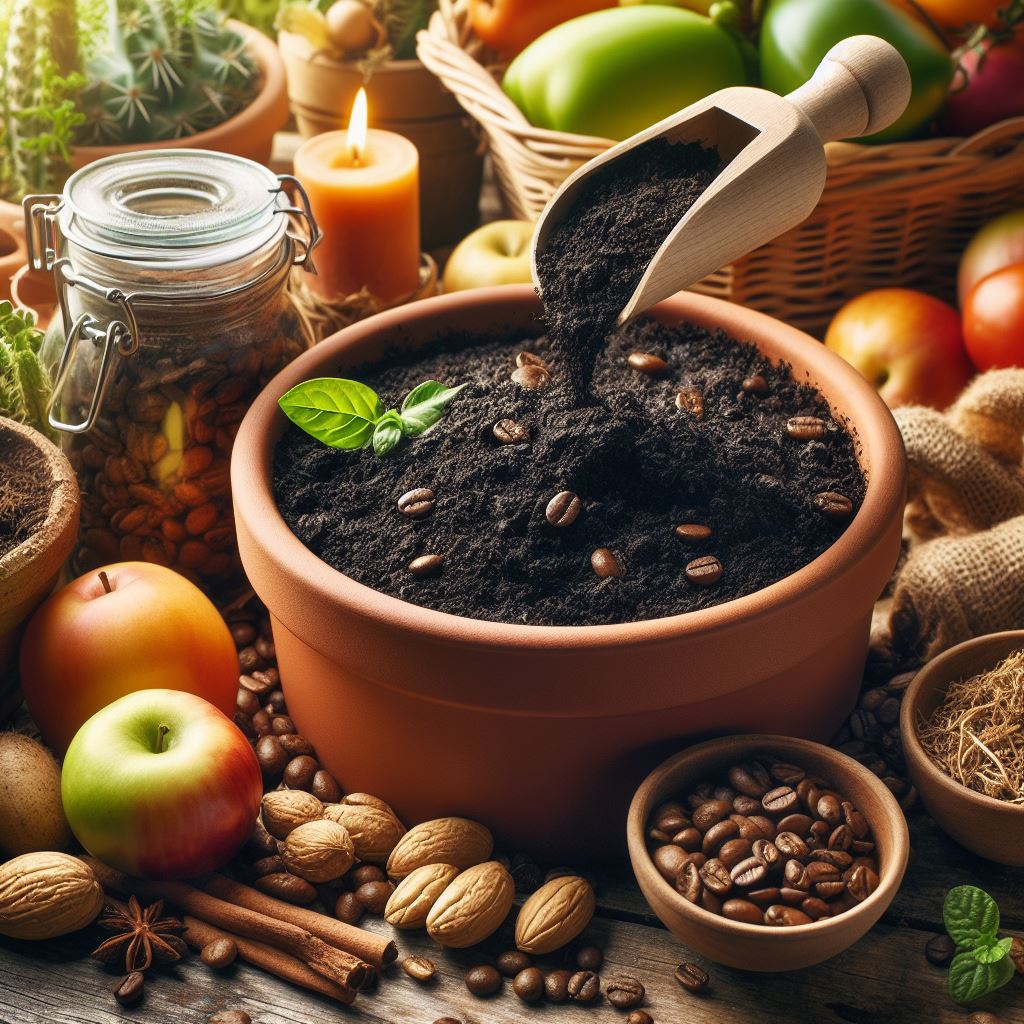In modern times, the urgency to reduce food waste has never been more pressing. With millions of tons of food scraps ending up in landfills every year, composting presents itself as an ingenious solution not only to mitigate waste but to recycle kitchen leftovers into valuable organic material. This article delves into the why and how of transforming your kitchen waste into a resource, using practical tips and detailed guidance to make composting an effortless part of your daily routine.
Why Choose to Compost Food Scraps at Home?
Environmental Benefits of Reducing Food Waste Through Composting
Laying the groundwork with a compelling reason, composting food scraps directly combats the global food waste dilemma. When organic material is disposed of in landfills, it decomposes anaerobically, generating methane, a potent greenhouse gas. By choosing to compost at home, you transform waste into a resource. Composting propels scraps into a nutrient-rich soil amendment, funneling essential nutrients back into the earth while avoiding methane production and conserving landfill space.
Comparing Compost at Home vs. Community Composting Solutions
While home composting offers a direct hand in recycling your kitchen scraps, community composting stands as a beacon for those lacking the space or time. Home composting offers personal satisfaction and immediate soil benefits, encouraging a deeper connection with the cycle of nature. Conversely, community composting schemes aggregate scraps from numerous households, making significant inroads in diverting food waste from landfills. Both methods have their merits, intricately linked by their shared vision of waste reduction.
Overview of What Can and Cannot Be Composted from Kitchen Scraps
Understanding what constitutes compostable material is pivotal. Vegetable scraps, coffee grounds, fruit peels, and eggshells lead the roster of kitchen waste that can enrich your compost bin, contributing vital nitrogen, calcium, and potassium. In contrast, meats, dairy, oils, and processed foods are infamous for attracting pests and causing odor issues, thus are generally discouraged. Exploring suitable scraps is foundational in fostering a successful composting process.
Getting Started: How to Make Compost from Kitchen Waste
The Essentials of Setting Up Your First Compost Bin
Embarking on the composting journey begins with selecting the right bin. Whether you opt for an outdoor compost pile or a sleek indoor worm bin, the key is to ensure adequate aeration and moisture control. For outdoor setups, choosing a shaded yet accessible spot will facilitate the decomposition process. Initially, layering browns like dry leaves (for carbon) and greens like kitchen scraps (for nitrogen) kick-starts the microbial feast.
What to Do with Cooked Food Waste? Solutions for Difficult Scraps
Cooked food waste, although tricky, can still be composted under the right conditions. Utilizing a Bokashi bin or a worm bin can be particularly effective as these systems manage to break down food scraps that might otherwise attract pests or create odor in traditional composting setups. Bokashi composting entails fermenting the waste before it’s buried in soil or added to your compost bin, thereby accelerating decomposition.
Role of Worms in Composting: Introduction to Worm Composting
Worm composting, or vermicomposting, introduces red wigglers into the equation, turning scraps into compost at an accelerated pace. By digesting the waste, worms produce castings, a form of organic fertilizer rich in nutrients. Setting up a worm bin involves creating a bed of moistened bedding materials for the worms and gradually adding your kitchen scraps. This method is ideal for indoor composting, offering an odor-free and space-efficient alternative.
Best Practices for Maintaining a Healthy Home Compost Bin
Maintaining the Right Balance: Browns vs. Greens in Compost
Achieving the perfect mix of browns and greens is paramount in maintaining a thriving home compost bin. Browns, or high-carbon materials like dried leaves and newspaper, add structure and aerate the pile, facilitating oxygen flow crucial for decomposition. Greens, the nitrogen-rich scraps like vegetable trimmings and coffee grounds, fuel the microbial processes that break down the waste. A general guideline is to maintain a balance of 3 parts browns to 1 part greens to optimize the composting process.
How to Aerate Your Compost Pile Without Adding Odor to Your Home
To prevent anaerobic conditions and associated odors, regular aeration is necessary. This can be as simple as turning the pile with a garden fork or shovel to introduce air. In an indoor bin, worms naturally aerate the compost as they move through it. For added precaution, ensure the compost remains moist but not wet, as excessive moisture can lead to odor issues as well.
Dealing with Common Composting Challenges: Odor, Pests, Slow Decomposition
Odor often signals an imbalance, typically an excess of greens. Adjusting by adding more browns can mitigate this. Pests are drawn to easily accessible, improperly managed bins. Keeping the compost covered and avoiding the addition of meat, dairy, and oily foods can largely prevent pest issues. Slow decomposition is usually a symptom of poor aeration or imbalance between greens and browns; addressing these aspects can rejuvenate the composting process.
Using Finished Compost: From Kitchen Scraps to Garden Gold
When is Compost Finished? Identifying Ready-to-Use Compost
Finished compost is dark, crumbly, and earthy-smelling, indicating that the material has fully decomposed and is ready to enrich your garden beds. This transformation may take several months, depending on your composting method and material balance. Incorporating partially decomposed compost can introduce pathogens or seeds to your garden, so ensuring completeness is crucial.
How to Use Compost in Your Garden: Applying Homemade Fertilizer
The transition from kitchen scraps to garden gold culminates in using your finished compost as a potent, organic fertilizer. Mixing compost into your garden beds improves soil structure, enhances moisture retention, and provides plants with essential nutrients for growth. You can also use compost as mulch to suppress weeds and protect against soil erosion, showcasing its versatility as a garden asset.
Innovative Uses of Compost Beyond the Garden
While gardens are a natural destination for finished compost, its utility spans further. Compost can amend soil for houseplants or serve as a rich growing medium in potting mixes. Additionally, innovative practices include using compost in erosion control projects or as a natural pesticide for managing garden pests. Its multifaceted use underscores compost’s role in sustainable living, beyond traditional gardening applications.
Expanding Beyond the Bin: Advanced and Community Composting Options
Exploring Worm Composting as a Next Step
For enthusiasts ready to delve deeper, worm composting offers a fascinating next step. Efficient and suitable for small spaces, worm bins accelerate the composting process, providing high-quality fertilizer at a quicker rate. They embody a scalable solution, from countertop bins to larger systems, fitting various household sizes and composting ambitions.
Benefits of Participating in Community Composting Programs
Engaging in community composting amplifies the impact of individual efforts. These programs often accept a wider range of compost materials, including cooked food waste and biodegradable products, further reducing the waste stream. They foster a sense of community, connecting participants with local food production and sustainable practices. The resultant compost often benefits community gardens, parks, and green spaces, ubiquitous symbols of collective environmental stewardship.
Tips for Encouraging Others to Start Composting at Home
Spreading the composting ethos can start with sharing successes and challenges, making the practice approachable for novices. Hosting workshops or demonstrations demystifies the process, showcasing its simplicity and benefits. Encouraging local councils to support or initiate composting schemes bridges individual actions to wider community engagement, seeding the future of sustainable waste management.





